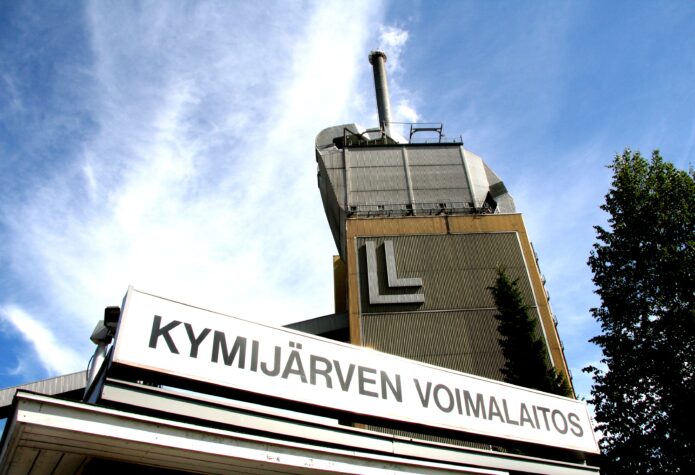Cleaner waste-to-energy in Finnish Lahti

While demands for climate change mitigation grow tighter, Lahti Energia, an energy company in southern Finland is doing its bit to clean the air. Equipped with the newest gasification techniques and a long-term loan from NIB, a new waste-to-energy power plant is expected to substantially decrease annual CO2 emissions in the region.
Lahti Energia, the local energy company owned by the City of Lahti, is currently building a new waste-to-energy plant, due to be ready for commercial use in spring 2012. The project is partly financed with a NIB loan of EUR 50 million.
Burning waste for energy has previously been seen as ineffective and polluting. Attitudes towards it, however, have begun to change as national as well as international plans for better waste treatment and new, cleaner technologies have been developed.
Lahti Energia has been one of the first energy companies in the world to use gasification as a method for combustion. The new power plant will also be equipped with gas cleaners and coolers. That needs to be done in order to reduce harmful emissions. This is the first time a similar process is in commercial use in Finland.
Thanks to the innovative features, the new power plant has become an EU showcase. According to Janne Savelainen, CEO of Lahti Energia, this signifies increased visibility and continuous interest from abroad.
“Many different actors, including technology developers, investors and customers, share our goal of developing energy production technologies that can produce energy from poorer fuels in a more environmentally friendly and highly efficient way,” Savelainen says.
The choice to use waste as fuel was obvious for Lahti Energia, due to its location in the Päijät-Häme region where most waste is efficiently sorted. The waste that would otherwise be deposited into landfills comes from business, industry and households in the region.
Current annual fuel consumption of waste is around 100,000 tonnes at Lahti Energia, while the new plant will utilise 250,000 tonnes of recycled waste annually. According to Savelainen, this is about 10% of total municipal waste suited for incineration in Finland.
The combined heat and power plant will have an estimated production capacity of 50MW of electricity and 90MW of district heat, enough capacity to reach most households, businesses and industry in the Lahti region.
The new power plant is rising next to Lahti Energia’s old coal-fired power plant, thus utilising established infrastructure and power networks. The shift from mainly coal to waste-fuelled energy production also means that there is roughly a 50% drop in the need for fossil fuels in the Lahti region, further translating into decreased annual CO2 emissions.
Savelainen believes in a bright future for waste-to-energy power plants, as people learn to utilise waste more efficiently and favour green investments for future generations.
Thus in a few years time, when the new waste-to-energy plant is ready for use, residents and businesses in the Lahti region can rest assured that their recycling efforts have not been a waste of energy.
